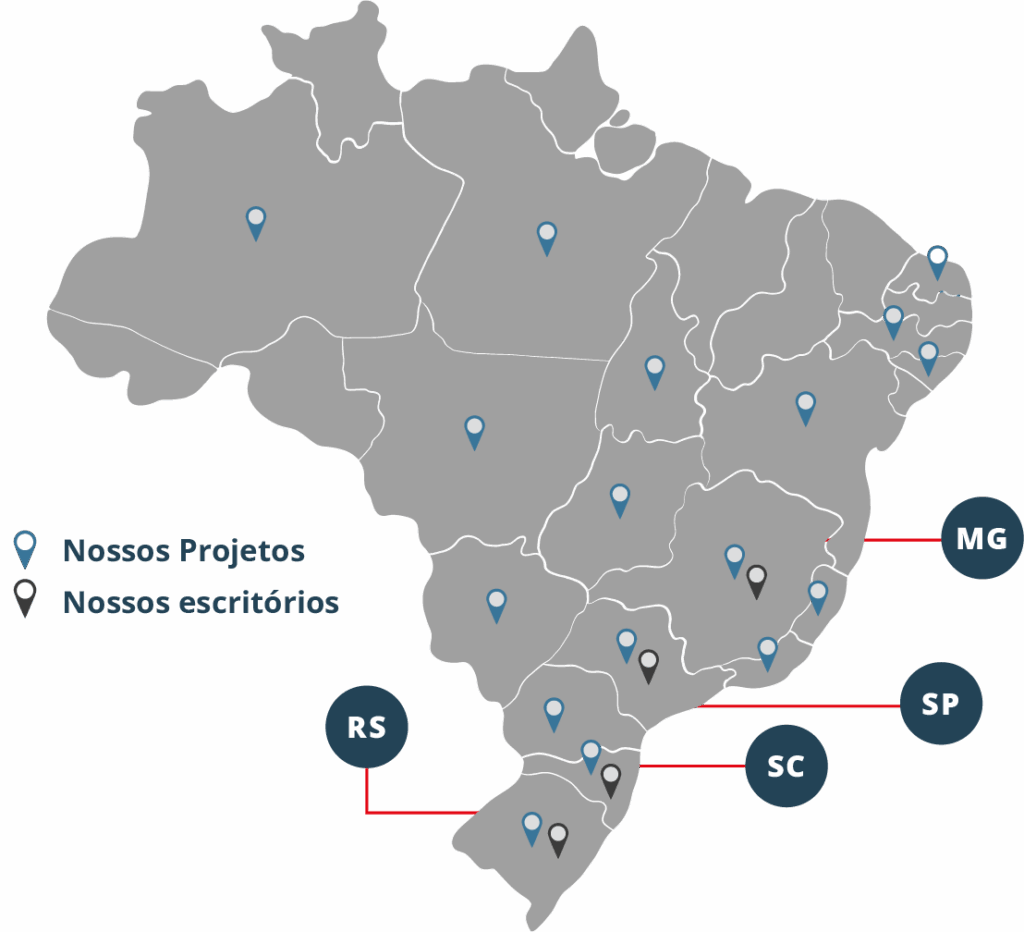Welcome to the episode on the Eurotunnel, one of the largest infrastructure projects in Europe and considered one of the Seven Wonders of the Modern World by the American Society of Civil Engineers.
It is the second longest railway tunnel in the world, behind only the Seikan Tunnel, which connects the islands of Hokkaido and Honshu in Japan.
The tunnel runs between 40 to 70 meters below sea level and connects France and England. More specifically, it links Folkestone in southern England to Coquelles in northern France. It crosses the natural barrier known as the English Channel and the journey takes about 35 minutes, at an average speed of 160 km/h (99 mph).
The tunnel was inaugurated in 1994 and cost approximately 16 billion dollars in total. The opening ceremony was led by Queen Elizabeth II and the then French President François Mitterrand.
On average, 60,000 passengers travel through the tunnel daily. Since pet travel was allowed in 2000, more than 2 million dogs and cats have used it.
FEATURES
The tunnel is 50.5 km long, with 37 km running under the English Channel. It consists of three parallel tunnels: two are used for transporting trucks, cars, and passengers (loaded onto large Eurostar train carriages), and the third is dedicated to the ventilation system.
CONSTRUCTION
Eleven tunnel boring machines (TBMs) were used to excavate the tunnel, weighing a total of 12,000 tons. The safest route was determined through 94 test drillings.
Before excavation, sonar, radar, and dynamite blasts were used to identify the ideal subterranean path for the tunnels.
The three tunnels include two outer tunnels, each 7.6 meters in diameter, and a central service tunnel, 4.8 meters wide and spaced 15 meters from the others.
PROCESS
(Source: https://super.abril.com.br/mundo-estranho/como-foi-construido-o-eurotunel/)
The TBMs operated in a cycle of excavation and lining, never simultaneously. First, the front part of the machine rotated to dig into the earth. The excavated mud and rocks were placed on an internal conveyor belt and moved to the rear, then transported to the surface via pumps, wagons, or tractors.
Next came the lining phase: each ring of the tunnel was formed by six concrete segments, manufactured on-site and delivered to the machine’s front via wagons. A vacuum-operated rotary system positioned each segment in place, forming a 1.5-meter-wide ring.
The TBM moved forward using hydraulic cylinders that pushed against the newly installed rings. When installing a new ring, the cylinders retracted to make room, then extended again to push the machine forward. The average advance rate was 76 meters per day.
Drainage pumps were installed to remove water from infiltration. Small ducts linking the tops of the three tunnels were added every 250 meters to relieve air pressure from the trains’ movement. Additional cold-water ducts were installed to help cool the tunnels and manage heat from friction.
Two massive crossover caverns were constructed along the route, allowing trains to switch between outer tunnels. Every 375 meters, cross-passages connected the service tunnel with the outer ones.
CURIOSITIES
- At its peak, the project employed 13,000 workers.
- The Olympic torch traveled through the tunnel en route to the 2012 London Olympics.
- 26% of the trade between the UK and continental Europe passes through the tunnel annually, valued at £120 billion.
- Three major fires occurred inside the tunnel (in 1996, 2006, and 2012), temporarily shutting it down.
- The tunnel’s lining is designed to last 120 years.
See the post on our Instagram.


